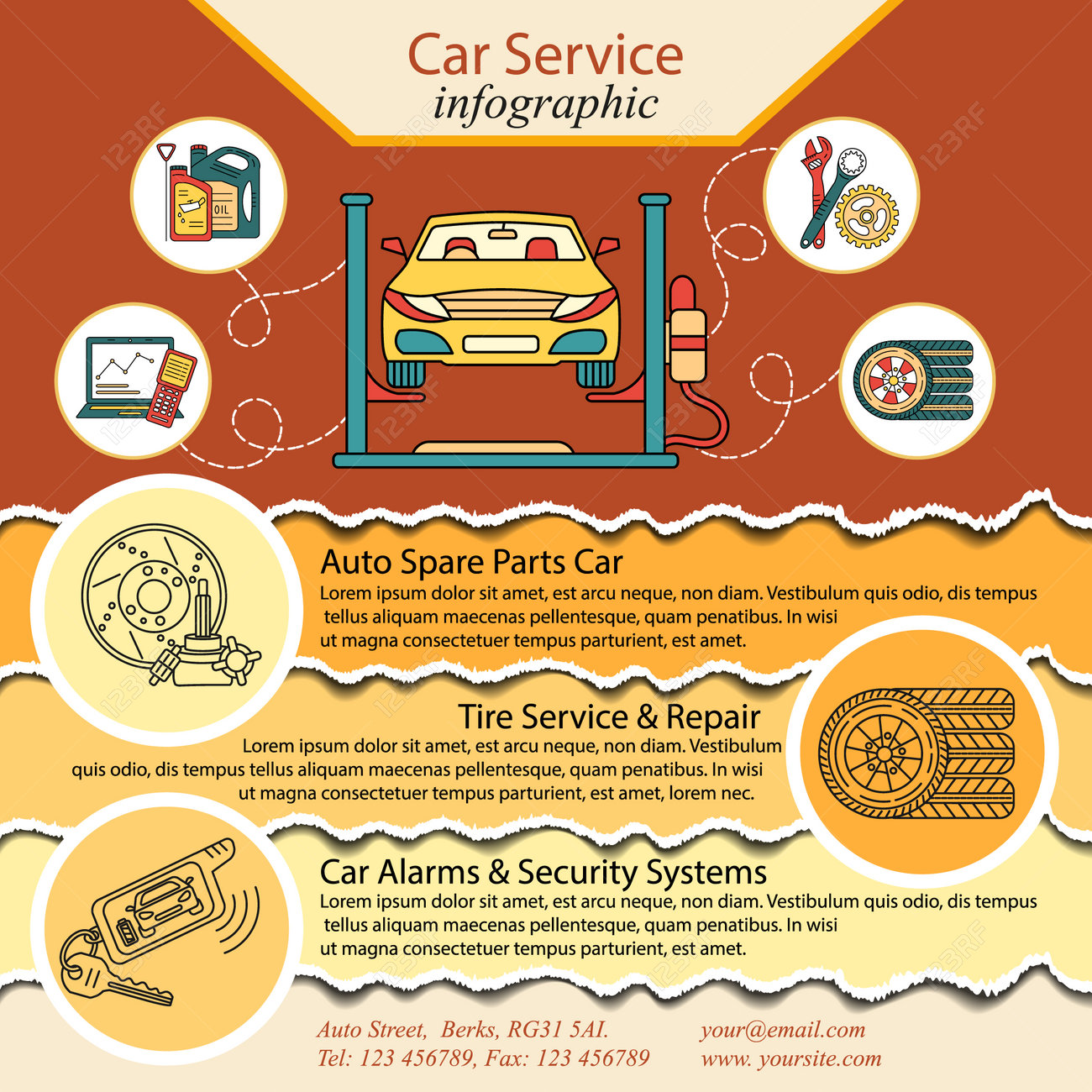Interpreting Your Auto'S Alert Lights: Their Real Effects
Interpreting Your Auto'S Alert Lights: Their Real Effects
Blog Article
Article By-Termansen Shepherd
When you lag the wheel, those glowing warning lights on your dashboard can be a bit difficult. Do you understand what they're attempting to tell you concerning your vehicle's wellness? Understanding the value of these lights is important for your safety and security and the long life of your automobile. So, the following time one of those lights turns up, wouldn't you intend to decipher its message precisely and take the needed steps to address it?
Common Caution Lights and Interpretations
Identify common warning lights in your car and recognize their significances to make sure risk-free driving.
see this here include the check engine light, which indicates issues with the engine or emissions system. If this light comes on, it's vital to have your vehicle checked immediately.
The oil pressure cautioning light shows low oil pressure, requiring instant attention to stop engine damages.
A flashing battery light may suggest a malfunctioning charging system, possibly leaving you stranded otherwise attended to.
The tire stress monitoring system (TPMS) light informs you to low tire pressure, influencing car stability and gas performance. Ignoring this might result in hazardous driving conditions.
The abdominal light shows a problem with the anti-lock stopping system, jeopardizing your capacity to quit quickly in emergency situations.
Last but not least, the coolant temperature alerting light warns of engine overheating, which can cause serious damage if not solved swiftly.
Comprehending these usual caution lights will certainly help you address issues quickly and maintain risk-free driving problems.
Importance of Prompt Interest
Understanding the typical warning lights in your auto is just the initial step; the significance of without delay attending to these cautions can't be highlighted sufficient to guarantee your safety when traveling.
When a warning light brightens on your control panel, it's your auto's way of communicating a prospective issue that requires attention. Neglecting these warnings can cause extra severe troubles down the road, compromising your safety and security and possibly costing you more out of commission.
Prompt interest to cautioning lights can stop breakdowns and mishaps. For example, a flashing check engine light can show a misfire that, if left ignored, could create damages to the catalytic converter. Addressing this promptly can save you from an expensive fixing.
Similarly, a brake system warning light could indicate low brake liquid or worn brake pads, critical elements for your security when driving.
DIY Troubleshooting Tips
If you discover a caution light on your control panel, there are a couple of do it yourself repairing suggestions you can attempt prior to looking for specialist help.
The very first step is to consult your automobile's handbook to comprehend what the particular caution light indicates. In some cases the concern can be as simple as a loose gas cap triggering the check engine light. Tightening up the gas cap may solve the issue.
Another common problem is a reduced battery, which can set off different cautioning lights. Examining the battery links for rust and ensuring they're safe might fix the issue.
If a warning light continues, you can attempt resetting it by disconnecting the cars and truck's battery for a couple of mins and after that reconnecting it. In addition, examining your vehicle's liquid degrees, such as oil, coolant, and brake fluid, can assist repair cautioning lights associated with these systems.
Final thought
Finally, recognizing your vehicle's warning lights is vital for keeping your lorry running smoothly and securely. By immediately resolving https://www.moneytalksnews.com/slideshows/8-insider-tips-to-snag-the-best-thrift-store-finds/ and recognizing what they imply, you can prevent costly repairs and potential breakdowns.
Keep in mind to consult your auto's manual for specific information on each warning light and act appropriately to ensure a trouble-free driving experience.
Stay informed, stay risk-free when traveling!
